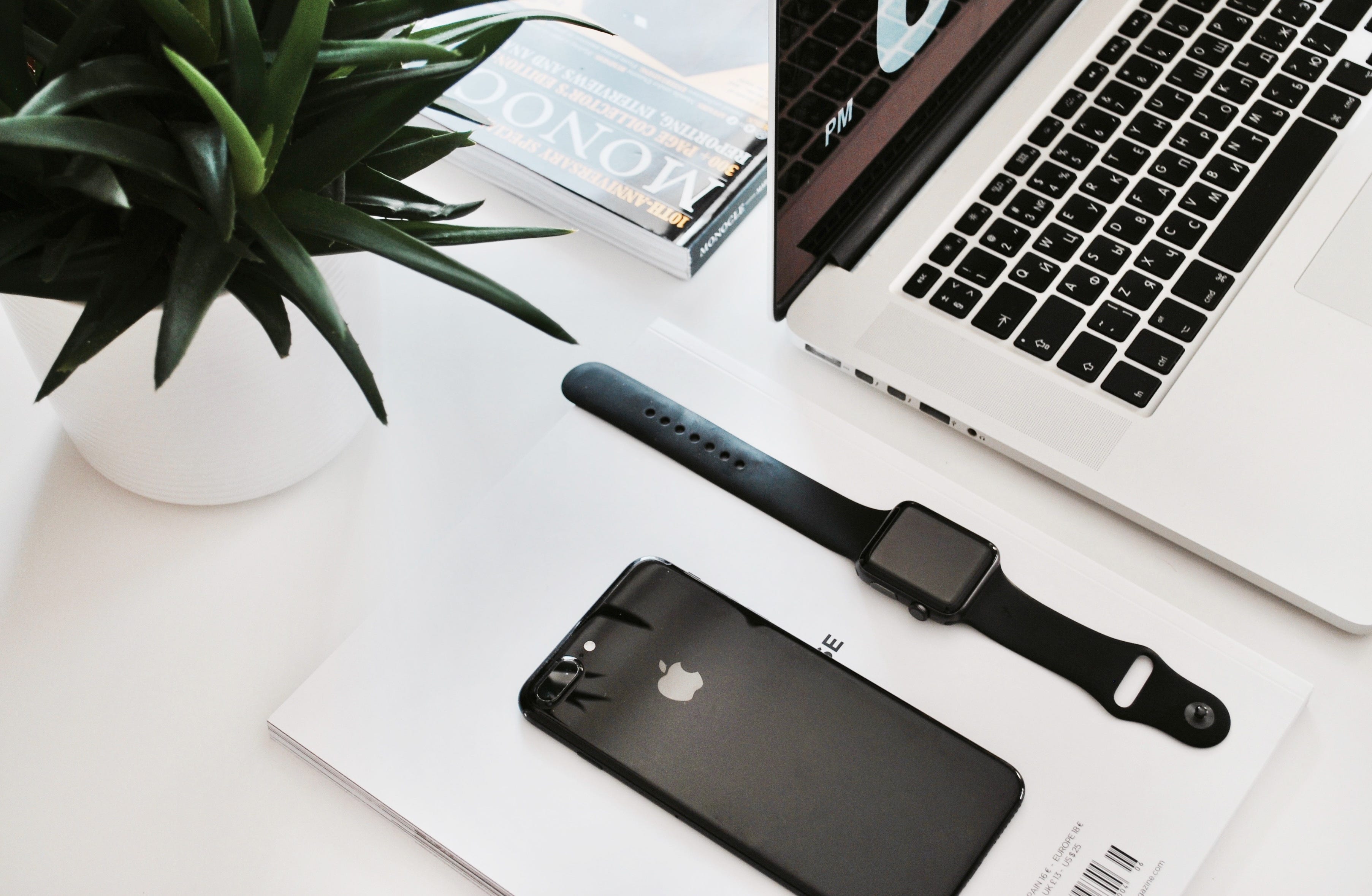

- #Light status bar ios how to
- #Light status bar ios update
- #Light status bar ios full
- #Light status bar ios android
)) Full Code import 'package:flutter/material. tSystemUIOverlayStyle(SystemUiOverlayStyle( StatusBarIconBrightness: Brightness.light,įor iOS, the brightness of the top status bar can be set by passing the statusBarBrightness argument. Otherwise, if you set the value to Brightness.dark, the icons color will be set to dark. If you set the value to Brightness.light, the icons color will be set to light.
#Light status bar ios android
It only affects Android version M and greater. The brightness of the top status bar icons can be set by passing statusBarIconBrightness whose type is Brightness enum. Open Xcode and create a new Single View App. This tutorial is made with Xcode 10 and built for iOS 12. tSystemUIOverlayStyle(SystemUiOverlayStyle( The status bar can have a dark and light appearance inside an app In this tutorial the appearance of the status bar will be changed. To make the status bar looks transparent, you can set the opacity of the color. The color of the status bar can be set by passing a Color as the statusBarColor argument. Beware that using the method along with certain widgets such as AppBar or CupertinoNavigationBar may produce unexpected results since those widget may override the style.

For example, you can put it inside the initState or build method. If you want to have different styles for each page or route, you need to call the method inside the respective widget. First, add the platform: ionic cordova platform add ios ionic cordova platform add android ionic cordova platform add windows. If you want to apply the same style to all routes in your application, you can call it inside the main method. Let us check the status bar integration and customization in Ionic application, process is simple just add platform, create build and invoke the app in the either real or virtual device. Therefore, if the user navigates to another route, the applied style will not disappear until the tSystemUIOverlayStyle is called again to override the style. If you call the static method, the change will persist across all routes in your application. While the previous way (using AppBar only works if you have an AppBar on the top, the tSystemUIOverlayStyle should only be used if you don't have an AppBar or CupertinoNavigationBar. You can use tSystemUIOverlayStyle, which is used to set the SystemUiOverlayStyle. I’ll bookmark your weblog and check again here regularly.There is another way to set the style of the status bar. Thanks for sharing an informative blog keep rocking bring more details.I like the helpful info you provide in your articles. I’m on the latest Xamarin Forms build, as of today that’s 1.
#Light status bar ios how to
I hope that helps someone as there seems to be a lot of misinformation on the intertubes about how to get this to work. I spent a load of time on this but all to no avail, so I went back to the original code and had a poke around and what did I find but the BarTextColor property. Now at this point in my travels around the intertubes I found a bunch of articles that stated I should override some method of the view and explicitly state that I wanted a light status bar. NavPage.BarBackgroundColor = Color.Green Īnd if I happen to set a title on my content page it shows as follows… Var navPage = new NavigationPage (mainPage) That’s with the following code in my App.cs file… Looking good! But that’s not the end of the story – what happens when you add a navigation bar to the app? Ah, well – you get this… With that done, rebuild your app and run it and voila, you get this… The default is Yes, you need to set it to No. Customizable time, mode, network, wifi, battery and notch.
#Light status bar ios update
UPDATE 1.1 - ADDED CAMERA & MIC INSIDE NOTCH. When you click “Add New Entry” you can then select “View controller-based status bar appearance” from the dropdown, then click/tab off it and it’ll change the type column to Boolean. We all use it, why not have a good one Please suggest new features in the comments Thank you. Next, at the bottom of the plist editor there’s three tabs, click on Source and then add in the following… You may or may not want a status bar whilst the app is starting up – if not then check “Hide during application launch”. Open ist and scroll down to the following section…


 0 kommentar(er)
0 kommentar(er)
